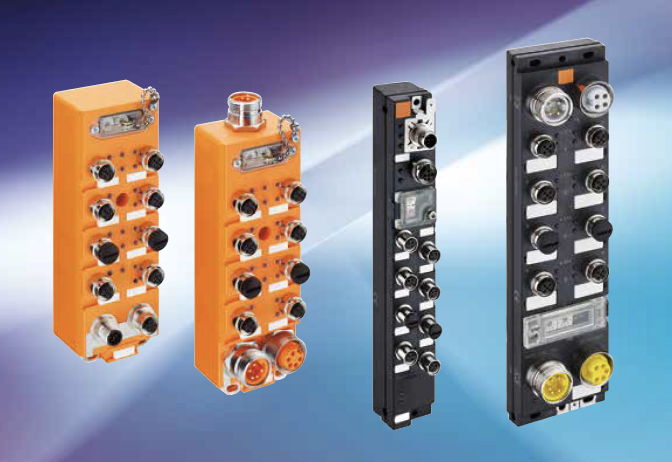I/O Modules Active – Stand-Alone: DeviceNet™

DeviceNet™ – Versatile Use in Factory Automation
DeviceNet™ is part of the CIP protocol family. CIP stands for “Common Industrial Protocol”. It is the platform for several communication protocols including DeviceNet, EtherNet/IP and CompoNet, as well as protocol enhance-ments for safety applications (CIP Safety) and motion control (CIP Motion).
DeviceNet™ is a fieldbus system for the direct connection of sensors and actuators in the
field (e.g. proximity switches, motor starters, valves, etc.). DeviceNet™ originated in North America and is presently used worldwide in all areas of plant automation.
DeviceNet™ is based on the CAN specifications (Controller Area Network). However, unlike CAN it is restricted in functionality for easier implementation.
General Technical Data
Transmission medium
The individual stations are generally connected via a hybrid cable to transmit data (according to RS485) and for power supply (module electronics and sensors). It is made of 2 twisted and shielded pairs of wires contained inside another 360° shielding.
There are two standardized types of cable:
• “Thick cable” for the trunk line
• “Thin cable” with smaller cable cross sections for drop lines
Network topology
Line structure with drop lines or for drop lines only. The trunk line is terminated by resistors on both sides, the drop lines do not require a terminating resistor.
Number of devices
64 nodes (including master)
Admissible transmission rates and line lengths
Depending on the transmission rate (Baud rate) the admissible cable lengths (main and stub lines) change as follows:

